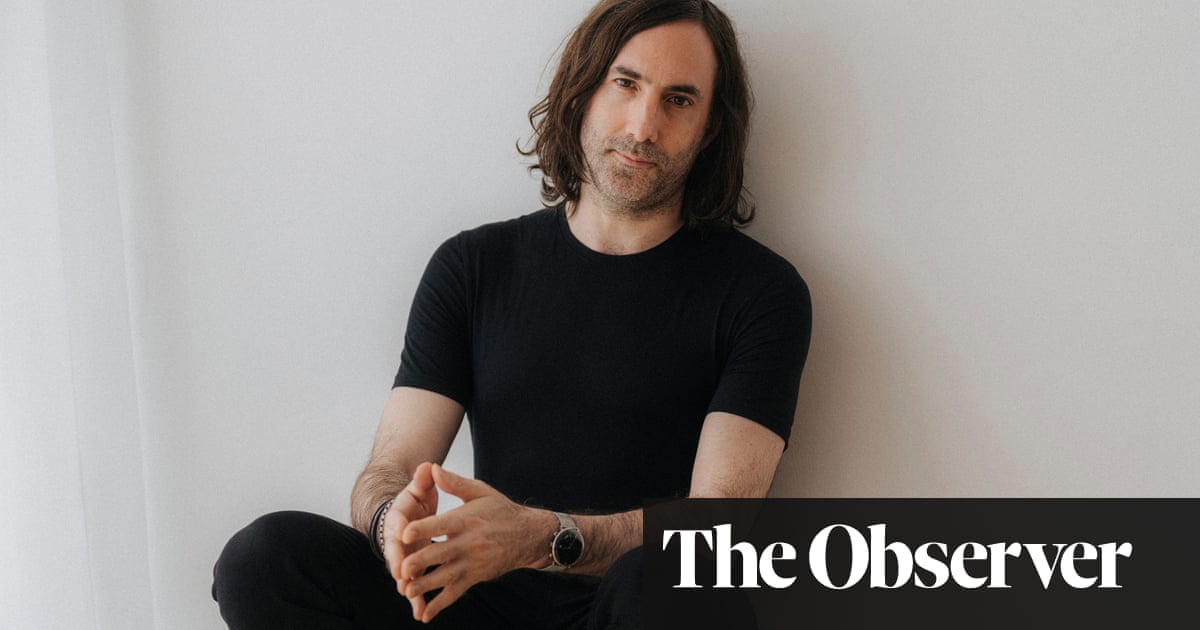
Janet Hock is a former dentistry professor who lives in Indianapolis. She is also an avid scuba diver, with a long love of the ocean. “We plod around on Earth, but there’s this whole other world that teems with life – or used to,” she says.
So when Hock, 77, updated her will in 2020, she added that she wanted to become part of a coral reef when she died. The unusual request means her cremated remains will be mixed into a perforated concrete dome, known as a reef ball. She will then become part of an artificial reef, having a second life on the seabed.
“You’re providing structure for fish to swim through and a place for plants to grow,” says Hock. “My first impression was that they’re really ugly. Then I thought: ‘Oh, it would be so nice to be down there, with little orange fish darting through the holes in my ball.’”
The service is provided by Eternal Reefs, a Florida-based charity that says it offers a “way to give back after life by replenishing the dwindling natural reef systems”. It places reef balls made of pH-neutral concrete, along with human ashes, in regulated areas of the seabed around the US. Family and friends are given the GPS coordinates of where their loved one’s “grave” is located.
The charity says it has seen the number of requests triple during the pandemic, mostly from people who love the sea – and the notion that in death they can help regenerate marine life.
A desire to return to the ocean goes back millennia, with evidence of sea burial in ancient Egypt and Rome. In the South Pacific, bodies would be placed in canoes and pushed out to sea, while scattering ashes in the ocean has long been widely practised in Asia. And tales of fallen Viking heroes’ boats set ablaze have persisted in popular culture.
Today, the idea of an ocean burial chimes with a search for eco-friendly alternatives to traditional burial and cremation. While the reef model still requires cremation, the idea is that the structures will help restore marine habitats by mimicking some characteristics of a coral reef.
Most of the world’s reefs are at risk – from ocean warming and acidification, pollution and overfishing – according to the Intergovernmental Panel on Climate Change. Reefs are essential to protect shorelines and maintain marine ecosystems, as well as providing work for local communities and even helping scientists to produce new medicines.
Eternal Reefs works with the Reef Ball Foundation and Reef Innovations, which constructs the balls. At more than a metre high and two metres wide and weighing 250kg-1,800kg (550lb-4,000lb), the balls have a rough surface that allows marine plants and animals such as corals and algae to grow on them. The organisation has so far sunk close to 3,000 memorial reefs across about 25 sites, from Texas to New Jersey.
Murray Roberts, professor of marine biology at Edinburgh University’s school of geosciences, thinks it is a good idea. “Corals and all sorts of animals grow better on structure,” he says. “I can’t see an obvious downside.”
Roberts says incorporating human ashes into artificial reefs could help shield them from destruction, as well as highlighting the damage we do to the ocean. “When you have artificial reefs that contain human remains, imagine the consternation there would be if that area was trawled up,” he says.
Dr Ken Collins, of Southampton University’s National Oceanography Centre, agrees. “It is a designated bit of seabed which remains undisturbed,” he says. Collins, whose specialism is artificial reefs, sees no problem with marine concrete and is involved in a UK memorial reef himself. “Any impact disappears within days,” he says.
Eternal Reefs says the money people such as Hock pay for reef balls – which cost between $3,000 and $7,500 (£2,200-£5,500) – helps fund more artificial reefs. “We consider ourselves to be reef-builders. [That’s] what our goal is,” says George Frankel, chief executive of Eternal Reefs. “And we’re using memorialisation as the tool.”
It is not the only such project in the ocean: the company behind the Neptune Memorial Reef, in Florida, says it “creates life after life” in the ocean and also provides memorials made of concrete and cremated remains, which cost from $1,295, to generate funding. “Building a reef costs money – lots of it,” says Jim Hutslar, its operations director.
Hutslar says the artificial reef is home to 56 species of fish, as well as crabs, sea urchins, sponges and coral. When complete, it will comprise 250,000 memorials covering more than 6.5 hectares (16 acres), making it one of the world’s largest human-made reefs.
The idea has also been adopted in Dorset, as part of a scheme to attract divers to the county. Two local divers, Marcus Darler and Sean Webb, gained permission from the Crown Estate (the monarchy owns the UK seabed) to obtain a square-kilometre site off the coast of Weymouth and Portland for a reef to help regenerate the local lobster population, as well as act as a dive site. “To help with funding, we came up with the idea of Solace Reefs,” Darler says.
With Collins’ support, they created perforated domes out of crushed Portland limestone and human ashes. Since 2014, they have deposited 16. After diving around the site, a marine biologist reported: “There was a real diversity of invertebrates covering the stones […] it has become a new ecosystem.”
Both Frankel and Hutslar say many people are interested in replicating the model. “I get calls on a regular basis,” Frankel says. “The problem is they all think it’s a get-rich-quick scheme.” Still, he says there’s “no question in my mind that it will be mainstream”.
Not everyone is convinced, however. The model still involves cremation, which, on average, releases 400kg of carbon dioxide into the atmosphere for each body. “If people want to seriously make a difference, then don’t choose cremation,” says Rosie Inman-Cook, manager of the Natural Death Centre charity. “Cremation is a disaster.”
The artificial reefs also use concrete, the manufacture of which is responsible for up to 8% of global CO2 emissions. Concrete has a huge environmental cost, says Michael Steinke, a marine biologist at Essex University, “so from that point of view it might not be the best idea, if you’re really environmentally minded.”
Inman-Cook is wary of what she calls “gimmicky” burial products and services. Environmental concerns have led to quirky innovations, from “living coffins” made from mushroom fibre, to egg-shaped “seed” urns, which grow a tree on your remains. “It’s tinkering at the edges,” she says, arguing that such ideas are a distraction from more fundamental changes needed. Inman-Cook says natural burial is best for the environment.
Hock says she was also sceptical about some of the new ideas for burial, but was impressed by the marine life living on some of the new reefs and felt it would be less difficult for her family than tending to a grave.
“The video I watched showed how quickly these peculiar-looking balls were repopulated with fish, so the concept seemed to work,” she says. “It appeals to me – the thought of regrowing something that’s been destroyed.”











